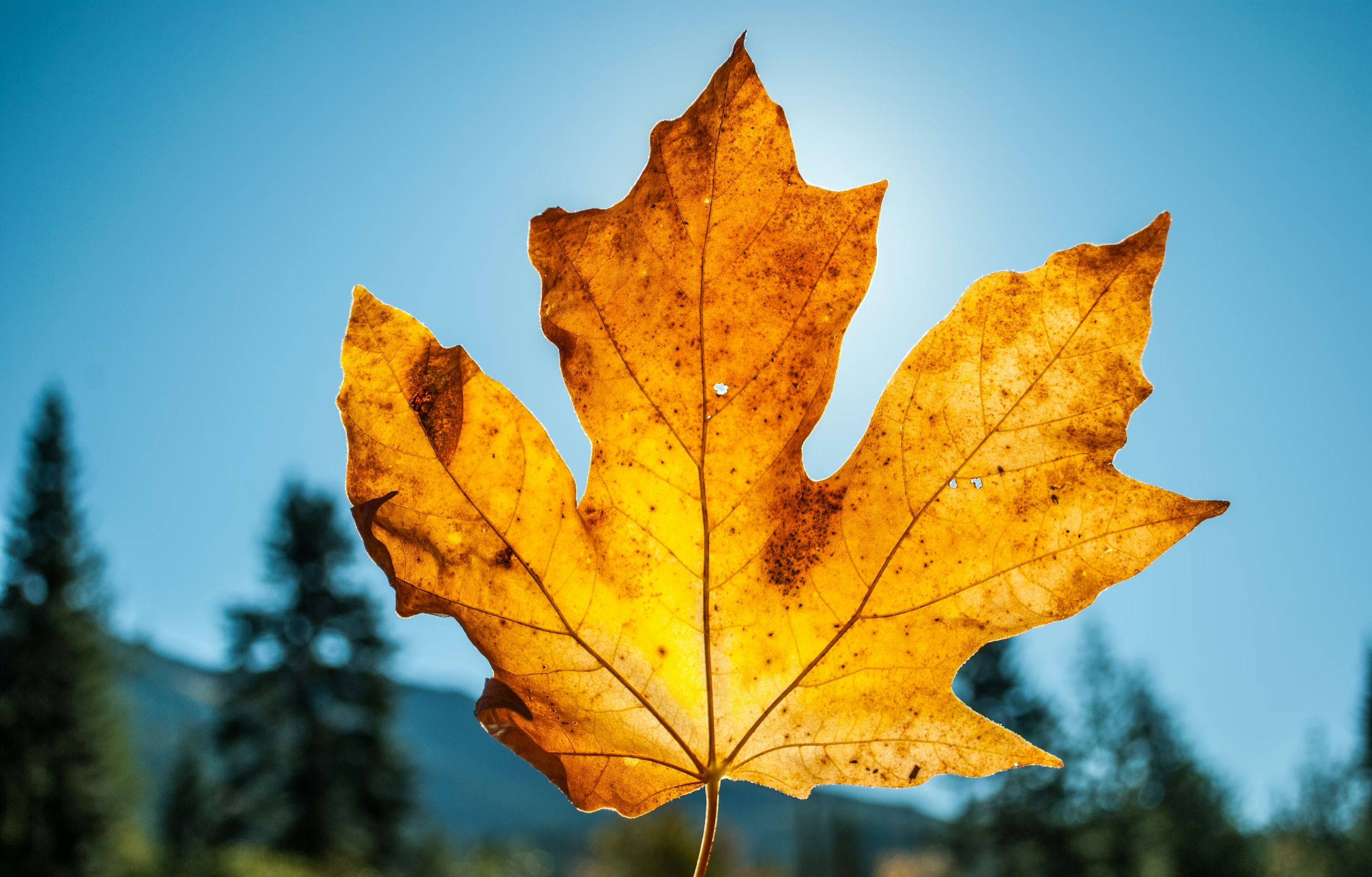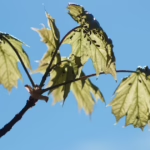Growing and Caring for Maple Trees in Durango, Colorado
Maple trees are known for turning abysmal shades of crimson, pink, and orange in the fall. Their leaves’ beauty stands out, much like those of the aspen, but they are actually better adapted to Durango’s dry conditions. If you’re looking for a colorful tree that will last longer than about ten years— unlike the aspens here in the valley— we say give the maple a chance.
Read on to understand how to care for these trees in Durango’s mountain environment.
Characteristics of Maple Trees
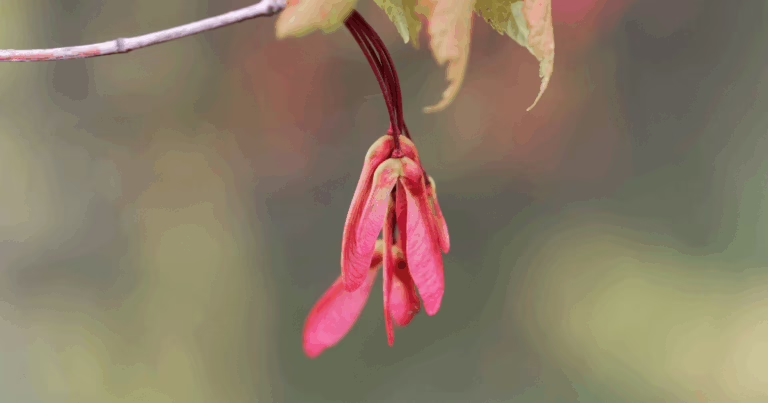
Maple trees are easily recognizable. Their quintessential leaf shape is famously pictured on the Canadian flag. Most varieties found in Durango grow steadily, reaching heights suitable for both street-side planting or backyard gardens. They support local wildlife like squirrels, chipmunks, and birds by providing shelter and food, especially through their seeds or “samaras.”
Maple samaras grow in pairs, with two seed pods joined at the center and thin, papery wings extending from either side— resembling a tiny handlebar mustache. The wings’ size, color, and the angle at which they meet can vary between species, making them useful clues for identification. Red maple samaras, for example, have reddish wings about one inch long that meet at roughly a 60‑degree angle. Striped, or moose, maples have broader wings joined at a wider 140‑degree angle.
Why Grow Maple Trees in Durango?
Durango’s climate and soil conditions welcome maples. These trees favor well-draining soil with balanced moisture and can handle the high-altitude temperature swings common here.
In addition to painting the town red each autumn, they can provide ample shade and even produce maple syrup. Their moderate size and adaptable root system make them well-suited for Durango’s neighborhoods.
What Maples Are More Suited to Colorado?
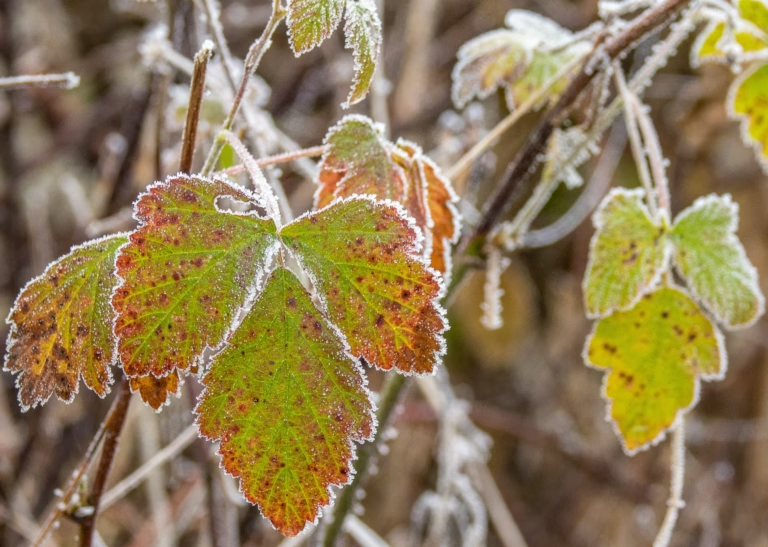
Several maple species are well-suited to Colorado’s climate. Norway maples have hard wood, making them less vulnerable to storm damage, and their very dark green leaves form a rounded crown that provides dense shade. However, the foliage may scorch if planted in dry or hot sites. Varieties like Deborah, Schwedler, and Royal Red are popular for their colorful spring and summer leaves.
The Autumn Blaze maple is a newer, widely planted hybrid, resulting from a cross between red and silver maples. It grows rapidly and displays striking orange to red foliage in the fall, though it can be prone to iron chlorosis— a condition where leaves turn yellow while the veins remain green due to iron deficiency.
Tatarian maple is recommended for smaller areas, typically reaching a mature height of around 20 feet. Its red, winged seeds and attractive orange to yellow autumn foliage make it a solid choice, and it can be cultivated either as a large, multi-stemmed shrub or a small tree.
How to Care for Your Maple Tree
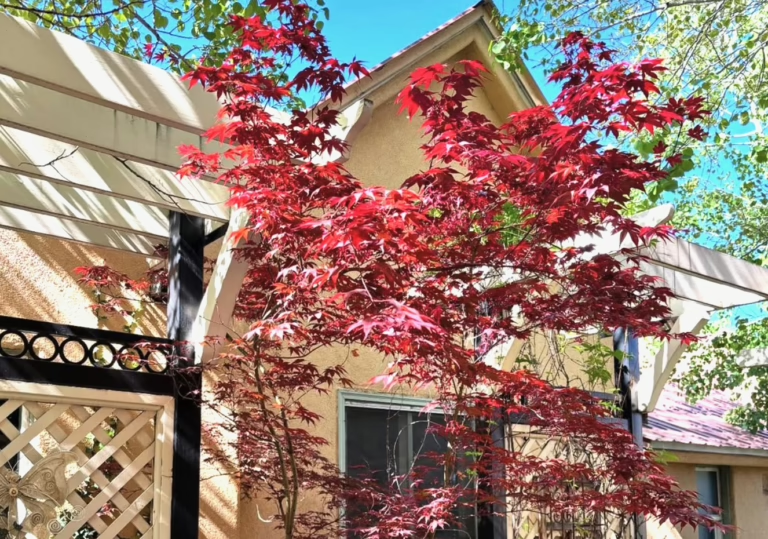
Planting: Choose a sunny or partly shaded location with well-draining soil. Avoid areas where water tends to pool.
Watering: Young trees need consistent watering, particularly during their first few years. In Durango’s dry climate, aim for deep watering once a week, tapering off as the tree matures. You can also hire ISA-Certified Arborists to professionally deep water your trees.
Soil: Maples thrive in neutral to slightly acidic soil (around pH 6-7). Mulching around the base helps retain moisture and protect roots.
Pruning: The best time to prune maples in Durango is just after leaf-out in spring when sap flow is less intense and the tree is actively growing. Pruning supports healthy structure and can help prevent damage from snow or wind.
Winter Care: Mature maples are generally hardy, but young trees benefit from fall soil care, mulch, and protection from harsh winter winds— such as applying an anti-desiccant spray.
While maples can be naturally tough, plant health care supports their long-term health— much like how taking vitamins and pursuing preventative care helps us humans stay healthy. PHC involves routine monitoring for insects and diseases, timely watering, soil conditioning, and pruning. By catching potential issues early, PHC helps preserve the beauty and safety of your tree, ensuring it remains an important part of your landscape for years to come.
The first step in PHC is often a professional diagnosis. Contact an ISA-Certified Arborist to assess your tree’s condition and develop a tailored PHC plan— such as non-chemical soil injections to improve nutrient absorption and water movement below ground.
"The Tree the Autumn Fire Ran Through"
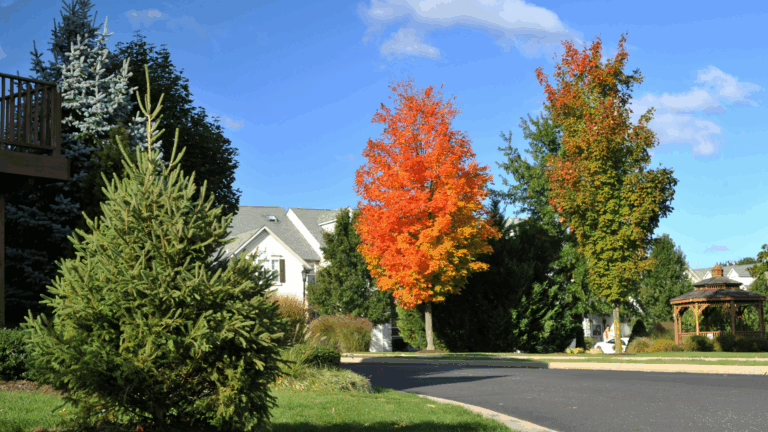
We love maples for many reasons, but perhaps most of all for the incredible autumn colors they offer each year. As Robert Frost once wrote in his poem, “Maple:”
“When they made her related to the maples,
It was the tree the autumn fire ran through
And swept of leathern leaves, but left the bark
Unscorched, unblackened, even, by any smoke.
They always took their holidays in autumn.
Once they came on a maple in a glade,
Standing alone with smooth arms lifted up,
And every leaf of foliage she’d worn
Laid scarlet and pale pink about her feet.”

